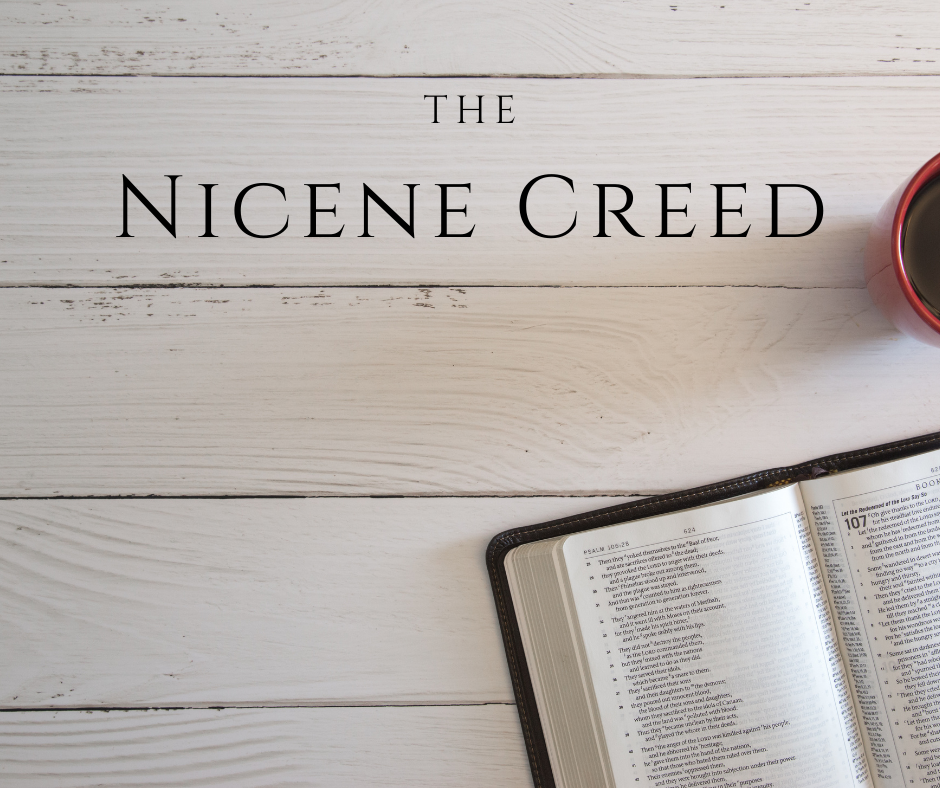And was buried
I have often mentioned that we often look at Christ’s death on the cross as the only thing that Christ came to earth to achieve for us. It is an essential part of his earthly ministry but not the only part of his ministry on earth. The burial of Jesus is an integral piece of the gospel message (1 Cor 15:3-4, Acts 13:26-31). The burial is mentioned in all of the Gospel accounts (Mt 27:57–61; Mk 15:42–47; Lk 23:50–56; Jn 19:38–42). Christ’s execution on the cross was that of a criminal. However, his burial is not like a criminal. One historian, Tacitus, notes that a person legally condemned forfeited his estate and was debarred from burial (Annals 6.29). Often the body was left on the cross to be eaten by birds. For the Jews, being left on the cross to be eaten by birds was seen as a divine curse (Deut 28:26; Jer 8:1–2; 16:1–4; Ezek 29:5). The Romans would sometimes, take the body down and it would given to the family, particularly on the eve of a festival.
The Jewish custom (John 19:40) was even a law stating a crucified man should be buried the same day he was ‘hung on the tree’ (Deut 21:22-23). The body was prepared for burial, the eyes of the deceased were closed, the mouth bound up, the corpse washed and anointed. The body was wrapped and laid in a tomb; the tomb could look different depending on the family’s wealth. Ultimately, they were to be in the tomb for one year. Then they would have a second burial in their permanent resting place. After the first year, their bones would be collected and placed in an Ossuary.
Christ’s burial shows that he was deceased. The gospels highlight that he was buried in Joseph of Arimathea’s family tomb (You could do a whole post on Joseph of Arimathea). Joseph was most likely a secret disciple, like Nicodemus. Peter in Acts explains that those who crucified him also ‘laid him in the tomb’ (Acts 13:29). The leaders were concerned to ensure Jesus stayed in the tomb (Matt 27:65-66). Jesus continued in the state of death and was under the power of death until the third day (Cf. WLC 50). Jesus was buried, but his flesh did not see corruption (Acts 2:31). The Westminster divines explain that he was not abandoned in Sheol/Hades, and his flesh did not see corruption. This is what we mean when we say, “He descended into Hell” (Ps. 16:10, Acts 2:24–27,31, Rom. 6:9, Matt. 12:40).
Christ’s burial is also our baptism. We are baptized into death that, just as Christ was raised from the dead that we would be raised with him through faith. That we might walk in newness of Life (Rom 6:4, Col 2:12). We know that Christ’s burial is crucial because he truly died, but it just makes the following phrase in the creed even more amazing, “and the third day he rose again.”




